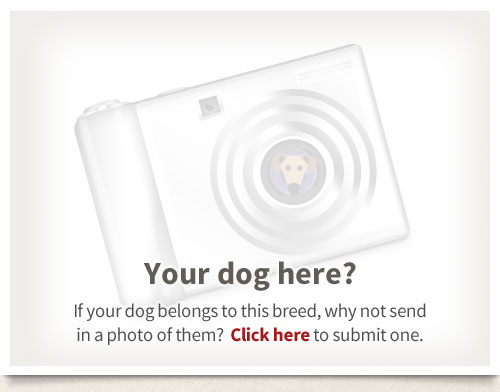Origin
Origin The Petit Basset Griffon Vendeen (pronounced Von-day-on) is one of four hounds originating in the Vendee region of France, the others being the Grand Griffon Vendeen; the Briquet Griffon Vendeen; and the Grand Basset Griffon Vendeen. The existence of Griffons Vendeen can be traced back to 16th century France where they were used to hunt, alone or in a pack, boar, deer, hare and rabbit over the rough, rocky terrain of the region and, in the case of the smaller hounds, through rough cover of bush and brambles which necessitated the protection of the typical thick, wiry coat. Hunting was usually undertaken on foot as the terrain was inimical to horse riders. Bassets Griffon Vendeen became popular & quite numerous in the 19th century but it was not until the 1890s and on into the 20th century that under the aegis of the Dezamy family the previously undifferentiated Bassets Griffon Vendeen came to be divided into the Grand and the Petit. The difference between the two breeds is size and the acceptable slight crook in the forelegs which may be found in the Petit. Interbreeding the two had been common practice for years and litters were evaluated at twelve months of age to determine whether the pup was petit or grand, but this crossing was prohibited in 1975. It is inevitable however that, due to previous breeding regimes, litters will continue to produce both Grands and Petits for some time to come but all pups are required to be registered as being of the breed of the parents. The PBGV gained Kennel Club championship status in 1985 and is still considered a rare breed. The Petit appears to have lost ground to its larger cousin, the GBGV, as a show and companion dog.
Character
When first introduced into Britain in the latter half of the 20th century the outstanding temperament of both GBGVs and PBGVs earned for them the apt nickname of ‘the happy breed’. Friendly, extroverted, inquisitive and without a trace of aggression the PBGV is an excellent companion for those that understand and are accepting of the strong hound instincts which are part and parcel of the breed. Developed to be a tenacious and enthusiastic hunter it is essential that gardens are securely fenced as he will both dig and jump in his attempt to track an interesting scent and can easily stray for miles and may become lost, injured or killed in the process. He also has the independent and decisive nature of many of the hounds bred to work with minimal human direction and it is important that he should learn to respect boundaries and household rules. He is a pack animal and, as such, needs firm, consistent and kindly administered guidance in order that he should recognize his place in the family and not develop an inflated idea of his own importance. It would be a mistake to leave him, unsupervised, to his own devices for long periods as he is intelligent and will quickly become bored and behavioural problems such as destructiveness, noisiness and escape attempts will follow. He has a distinctive, loud, far-carrying voice and his bell-like music is not to everyone’s taste. He should be closely involved with the family, allowed plenty of interaction with people and be included in as many activities as possible. Being a hound he lacks strong protective and territorial instincts but will usually alert to the presence of strangers by barking. He is an adaptable dog and will take most things in his stride without fuss, but his inherent characteristics may make him a challenge and the breed is therefore not recommended for inexperienced owners.
Exercise
The adult PBGV needs a considerable amount of exercise - at least two long walks each day which will keep him physically fit and mentally stimulated. Unless a securely fenced area can be found all exercise should be carried out on-lead as the scent or sight of a rabbit will trigger the imperative to hunt and efforts to recall will fall on deaf ears. He is an excellent hiking companion having great stamina and being sturdy and agile enough to tackle rough terrain. Puppies do not need, and should not have long walks as their bones and joints are vulnerable to damage which may be permanent and crippling. Self-exercise in the house and garden is sufficient, and they should not be allowed to run up and down stairs, to jump or to participate in rough games until they are mature.
Training
All dogs should receive at least basic obedience training and the free-thinking, self-assured Petit Basset Griffon Vendeen is certainly no exception to the rule. He is a very willing to please dog but needs a strong leader and firm, patient, consistent handling. He will respond well to positive reinforcement of good behaviour which is rewarded by treats and/or games and sincere praise. Harsh discipline, either physical or verbal, has no place in training. If subjected to such methods the bond of trust and respect will be broken and the dog will either ‘close-down’ and do nothing in case he gets it wrong, or his responses will be inconsistent and offered out of fear rather than readily given co-operation. Socialization from the outset is very important. The pup should be introduced to as many various people, sights, sounds, animals, and situations as possible. This will ensure that he will mature into a well-mannered, confident and sensible adult.
Health
- Primary Open Angle Glaucoma (POAG)
- May be susceptible to aseptic meningitis
Pictures
Some photographs of the Basset Griffon Vendeen (Petit)...







